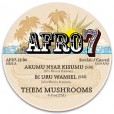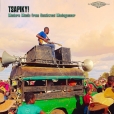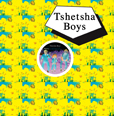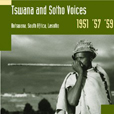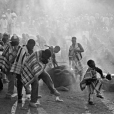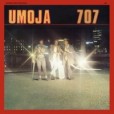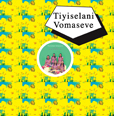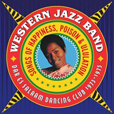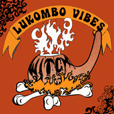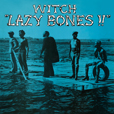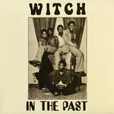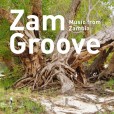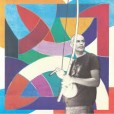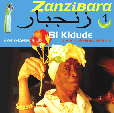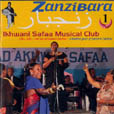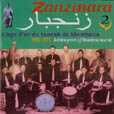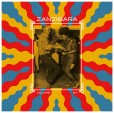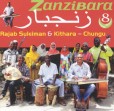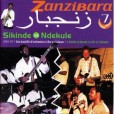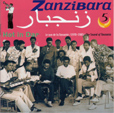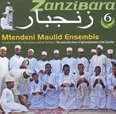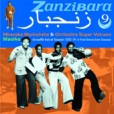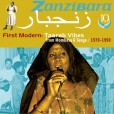Your basket is empty

Scintillating, hard-grooving, vintage afro-funk from coastal Kenya, drawn from rare sevens and a privately pressed LP.
It opens and closes with killer forays into left-field disco, featuring limber percussion and delirious synths, and breakdowns set to liquify dancefloors. Uru Wamiel catches the double-dutch bus to Mombasa, whilst Ndogo Ndogo is irresistibly reminiscent of early eighties New York crossover funk like Monyaka, with clattering drums, rough rhythm guitar, party-down bass, burning horns and all-together-now singing.
Lovely music, beautifully presented in die-cut, silk-screened sleeves.
‘Wild ecstatic vocals, distorted electric guitars, rocket bass, and an amphetamine beat! Unlike anything else, this is THE high life music you’ve always wanted — ceremonial music played with abandon and extreme intent, honoring the living and dead alike.
‘In Toliara and its surrounding region, funerals, weddings, circumcisions and other rites of passage have been celebrated for decades in ceremonies called mandriampototse. During three and seven days, cigarettes, beer and toaky gasy (artisanal rum) are passed around while electric orchestras play on the same dirt floor as the dancing crowds and zebus. Locally and even nationally renowned bands play their own songs on makeshift instruments, blaring through patched-up amps and horn speakers hung in tamarind trees, projecting the music kilometers away. Lead guitarists and female lead singers are the central figures of tsapiky.
‘What results during these ceremonies is unclassifiable music of astonishing intensity and creativity, played by artists carving out their own path, indifferent to the standards of any other music industry: Malagasy, African or global.’
Singing, amongst ditlhaka reedpipes, and the lesiba mouth bow.
The Sulayiti Kalungi Ensemble Of Kampala presenting dances, religious invocations and profane songs, to a barrage of percussion and fervent choral singing.
Two EPs of storming, squinty Shangaan Electro to herald the European tour of Tiyiselani, the Tshetshas and producer Dog, in the summer of 2011.
Saboso from mid-seventies Dar Es Salaam. Complex, fluid guitars and congas; pithy songs.
Lovely new recordings of maloya music, from Reunion, in the Indian Ocean.
Heartfelt singing amidst bustling, organic percussion, featuring kayanm shakers and berimbau-style bobre, with a pendulous bottom end.
‘Little Thing’ began her singing career in the 1920s. This spans the last twenty years, with illustrious ensembles like the Culture Music Club and the Zanzibar Taarab All Stars.
Swahili music from the eastern coast of Africa — Lamu, Mombasa, Tanga, Dar es Salaam, Zanzibar and the Comoros. Archival in amongst contemporary recordings.
Spicy, deep, sensual Arab, Black and Asian styles, lipsmackingly mixed together in classic Taarab — when electric guitars, bass guitars, organs and kit drums kicked orchestral instruments out of bed.
A fabulous selection of Swahili popular music from the East African coast — Lamu, Mombasa, Tanga, Dar es Salaam, Zanzibar and the Comoros — taking in Tanzanian dance-band music, Congolese-style rumba and the hypnotic, Islamic sounds of Taarab, from the 1960s to date.
Cream-of-the-crop, fabulous, firing dance music from Dar es-Salaam, rocking between shimmering, swinging guitars and delirious, riffing horns. Check the rest of the series, especially Volume 2.
A form of Sufi music with its roots in the ancient Arab world, surviving only in Zanzibar: slowly building in intensity, with songs and poetry, and passages for dancing, featuring a wide range of percussion.
